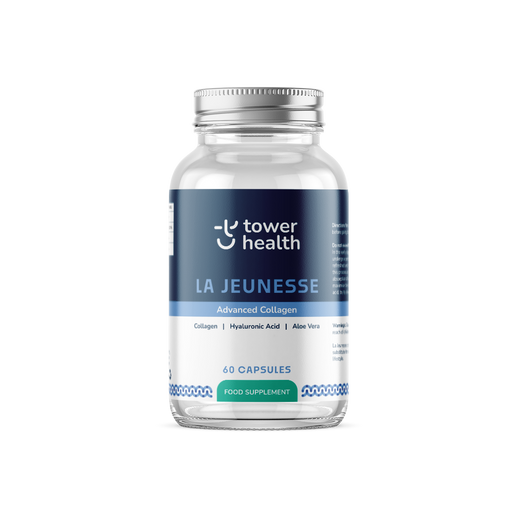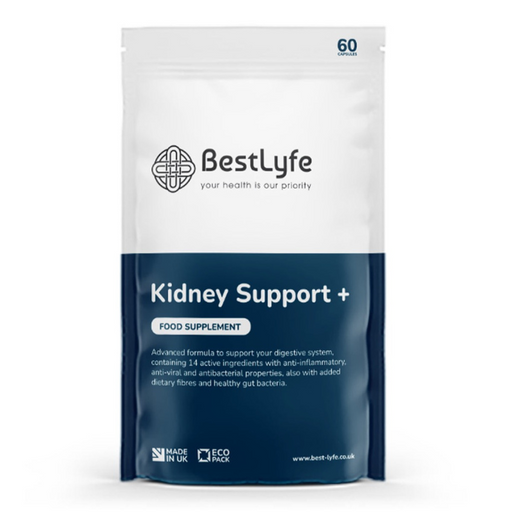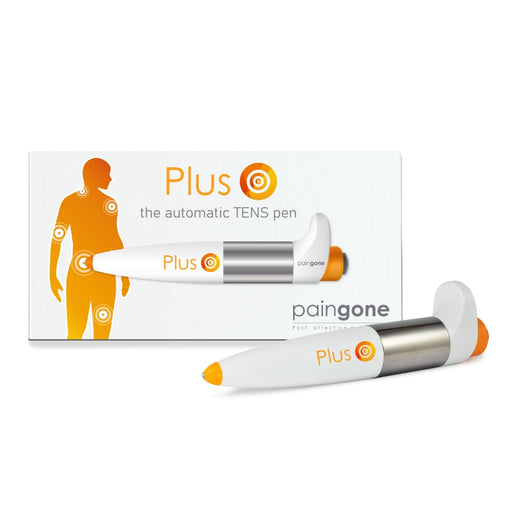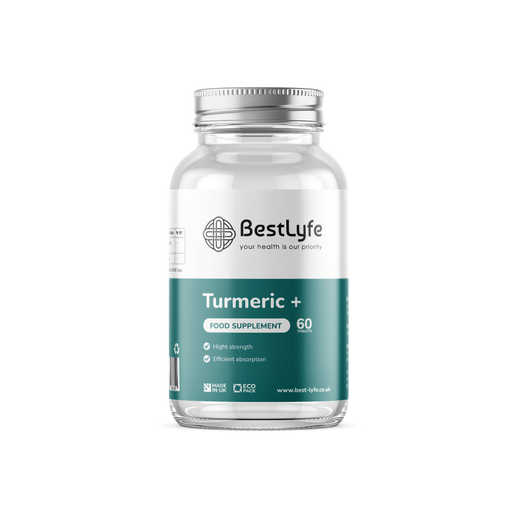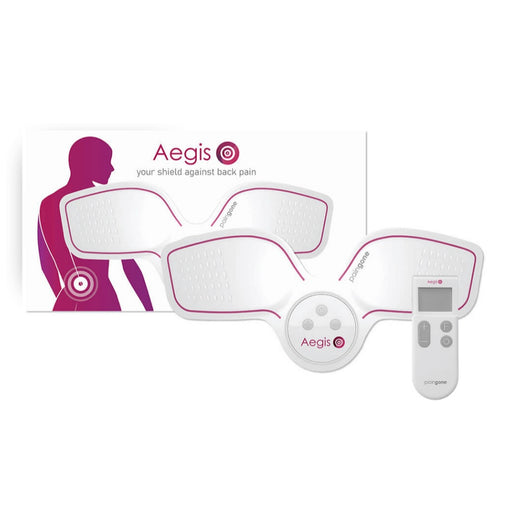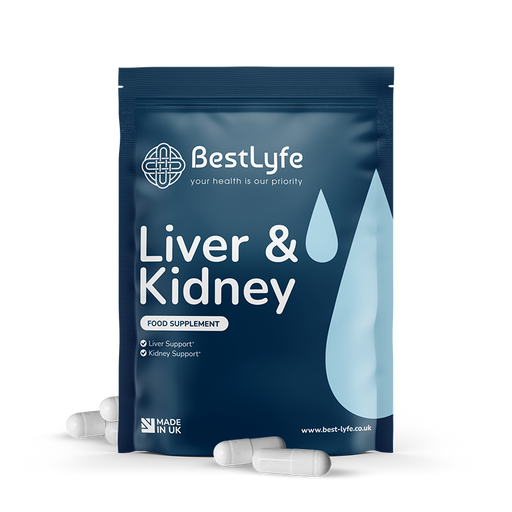
A GP's Guide to Understanding Menstrual Pain: Causes, Types, and Coping Strategies.
The symptoms of painful periods of great importance and affected women are known to do less well at school and need take more time off work. In 10% of women, symptoms are severe enough to enforce bed rest. There are two categories of painful periods (dysmenorrhoea):
- Primary Dysmenorrhoea describes painful menstruation without disease in the pelvis.
This usually starts a year or so after periods commence for the first time. The commonest age of sufferers is in the 15 and 25 age-group.
The symptoms include cramping pain in the lower abdomen which may move to the thighs and lower back. Pain is usually noticed about 1 day before a period. Symptoms usually decrease with age.
The treatment for Primary Dysmenorrhoea is:
- Anti-inflammatory medication eg. mefenamic acid (Ponstan), naproxen, and ibuprofen
- combined oral contraceptives
- Paracetamol
- Alverine citrate (Spasmonal) is licensed for the treatment of period pain. This drug has relaxes the womb muscle
- Other treatments options include the levonorgestrel-releasing intrauterine system (e.g Mirena coil) ands non-drug treatments such as transcutaneous electrical nerve stimulation (TENS) devices.
- Secondary Dysmenorrhoea describes painful periods caused by pelvic conditions.
It is uncommon before the age of 25 years.
It may be associated with heavy bleeding during a period, painful sexual intercourse or infertility.
The known causes are the following conditions:
- endometriosis (see below)
- pelvic inflammatory disease (a number of inflammatory conditions caused by ascending infection from the lower genital tract e.g sexually transmitted infections)
- fibroids
- womb polyps
- pelvic congestion syndrome (a condition characterised by the presence of engorged pelvic veins often described as ‘varicose veins of the pelvis)
- intra-uterine contraceptive device
- ovarian cysts
The most typical of these conditions is endometriosis and the following is an overview of this condition.
Endometriosis
Endometriosis affects around 10% of women of reproductive age and it is easily missed.
- Although >50% of adults with endometriosis report symptoms from adolescence, it can often take many months for a diagnosis to be made after the initial presentation to the GP. The diagnosis can be delayed due to a perception that pelvic pain and menstrual cramps are normal.
- The symptoms of endometriosis can be non-specific and mimic other conditions such as irritable bowel syndrome or pelvic inflammatory disease.
It is a debilitating condition for women who suffer with it.
- Endometriosis can have a significant impact on physical, sexual and psychological health, and is associated with reduced quality of life.
- There is no known current cure.
What is endometriosis?
- Endometriosis is an hormone-dependent condition (oestrogen) of unknown cause.
- There may be a positive family history and it is possible that it is at least in part, an inherited condition.
- The theory is that endometriosis results from the implantation of womb cells around the pelvis but it is not clear how or why this happens.
- The growth of womb cells in the pelvis leads to scaring and a change to the normal pelvic anatomy.
Location:
Endometriosis can be found anywhere outside the womb e.g. in the pelvis, bowel, bladder or even inside the chest.
Endometriosis can either be progressive, remain stable or improve with time. Symptoms can improve with treatment, age the menopause.
Symptoms of endometriosis:
- The main symptom are pain and problems with conceiving (infertility)
- The presentation of endometriosis is quite variable and can be non-specific. However, the following symptoms are frequently reported by sufferers:
Pain:
This may range from mild to severe and includes:
- Cyclical pelvic pain (relating to the menstrual cycle, usually starting a few days before a period commences.
- Period pain.
- Non-cyclical, pelvic pain.
- Pain with sexual intercourse.
- Difficulty or pain opening the bowels.
- Pain when passing urine.
Other symptoms can include fatigue and depression.
Infertility:
- Women with endometriosis are twice as likely to have infertility compared with women without endometriosis.
Endometriosis can sometimes cause no symptoms in women and this needs no treatment.
Endometriosis is associated with other medical conditions and disease entities. These include:
- Fibromyalgia.
- Migraine.
- Various types or arthritis including osteoarthritis and rheumatoid arthritis.
- Irritable bowel syndrome.
- Back, bladder and bowel pain.
- Benign gynaecological conditions such as uterine fibroids.
- An early menopause.
- Heart disease.
- Ovarian cancer.
Diagnosis of endometriosis:
Endometriosis should be considered by GPs if more than one of the following symptoms are reported in any girl or woman:
- Pelvic pain.
- Painful periods which affect quality of life.
- Deep pain with or after intercourse.
- Cyclical bowel symptoms including pain opening the bowels.
- Cyclical symptoms effecting passing urine
- Problems conceiving.
It is often recommended that sufferers keep a pain or symptom diary to help to assess their symptoms and their impact on daily life.
Investigations used to diagnose endometriosis:
An ultrasound scan of the pelvis (usually conducted vaginally) can detect endometriosis but a normal scan does not exclude the condition.
Diagnosis:
- Endometriosis may be suspected from symptoms, signs and an ultrasound scan.
If an ultrasound is normal and the woman exhibiting symptoms is not trying to conceive, doctors are advised to offer treatment to help to control the symptoms initially.
- If symptoms then improve, endometriosis may be ‘presumed’ to be possible and no further investigation is needed.
Diagnostic laparoscopy:
- A patient undergoing a laparoscopy (a keyhole procedure to look into the tummy and pelvis) is sometimes used for diagnosis. As this is a surgical procedure, performed under general anaesthetic, there are some inevitable risks.
- 40% of laparoscopies done for pelvic pain do not identify any abnormalities.
- There is no evidence that a diagnostic laparoscopy is better than scanning.
- Diagnostic laparoscopy should only be carried out n patients with a normal ultrasound scan and unsuccessful attempts to treat the symptoms.
Management of endometriosis:
The general principles of management include:
- An explanation and the provision information about the disease.
- The treatment of pain.
- Hormonal therapies to suppress how the ovaries work (provided that there is no wish to conceive at that time)
- A chat about contraception and plans for future pregnancies.
- Surgery if deemed to be appropriate by a gynaecologist.
- To help with conception.
Management options depend on patient preference, symptoms and a desire to conceive.
GPs are advised to refer women with suspected or proven endometriosis in the following circumstances:
- When is treatment to aid conception is a priority.
- When GP initiated treatment is not effective or tolerated.
- When the patient has severe, persistent or recurrent symptoms.
Medical management:
The initial management of (suspected) endometriosis should be initiated by a GP.
The main goal of all these options is to reduce pain and it is recommended that a 3-month trial of the following treatment options should be attempted:
- Paracetamol and/or an anti-inflammatory pain killer e.g. ibuprofen or naproxen .
- Hormonal treatment to suppress the ovaries form working, providing the person does not want to conceive. These options include:
- Combined hormonal contraception e.g. the combined oral contraceptive pill, patches or vaginal rings.
- Progestogen-only injections such as as Depo-Provera or Sayana Press.
- Oral progestogen hormones e.g. Progesterone only pills.
- The Levonorgestrel Intrauterine System e.g. Mirena Coil.
Second-line medical options are generally started by a gynaecologist if the aforementioned treatments fail to work:
- A special type of progestogen hormone
- Hormones to induce a temporary, early menopause and although effective, these medications are not currently licensed in the UK for the treatment of endometriosis.
- Medication that works to block the effects of oestrogen
- Surgery:
The aims of surgery are:
- to offer the woman a certain diagnosis and surgical treatment and is done via a ‘key-hole’ approach.
- to remove or destroy patches of endometriosis.
- to improve pregnancy rates.
Sometimes, hormonal treatment is offered after surgery and has been shown to increase the success of treatment.
Endometriosis and fertility:
Endometriosis may reduce fertility by:
- causing inflammation in the pelvis and by effecting the way normal female hormones work.
- causing the ovaries to not function properly and reducing their ability to produce healthy eggs.
- by distorting the of the womb, fallopian tubes and ovaries, which makes the implantation of a fertilised egg more difficult.
- by causing pain with sexual intercourse and a resulting in a reduction in the frequency of sexual activity.
Endometriosis and menopause:
As endometriosis is a hormone (oestrogen)-dependent condition, it generally resolves during the menopause.
Summary of endometriosis:
- It is common and potentially causes pain and infertility.
- The diagnosis should be considered when women present with pelvic pain, painful and/or heavy periods, cyclical bowel or bladder symptoms, or infertility.
- A normal pelvic examination and ultrasound do not exclude a diagnosis of endometriosis.
- A laparoscopy and sending samples of tissue to the laboratory for microscope assessment, is the gold standard investigation, BUT a trial of treatment is reasonable before referral UNLESS fertility is a concern.
Useful resources for patients:
- Endometriosis UK
- NICE - patient decision aid on hormonal treatment for endometriosis
- RCOG - endometriosis patient information leaflet
Adenomyosis
This is the presence of tissue from the womb lining in the muscle layer of the womb.
Characteristics, Diagnosis and Treatment:
- The can affect women of any age but is commonly diagnosed in women aged 40 to 50
- The common symptoms are painful, heavy or abnormal periods and an enlarged womb.
- It can be identified on an ultrasound or MRI scan of the pelvis
Treatments include:
- The combined hormonal contraceptives or high-dose progesterone-based medications.
- The intra-uterine system e.g. the Mirena coil.
Best Selling Natural Health Products
-
Joint Plus - Glucosamine Joint Gel 200ml
Original price £17.95 - Original price £107.70Original price £53.85£17.95£17.95 - £86.16Current price £17.95in stockNourish and improve mobility with Joint Plus Glucosamine Gel Targeted anti-inflammatory action from natural ingredients that work in synergy to co...
View full detailsOriginal price £17.95 - Original price £107.70Original price £53.85£17.95£17.95 - £86.16Current price £17.95 -
Nutriplex: Collagen Rich Joint Health Supplement - Tower Health
Original price £29.95 - Original price £143.00Original price£29.95£29.95 - £143.00Current price £29.95In stockImprove Joint Health & Mobility with Nutriplex Reap the benefits of our collagen-rich joint health supplement, packed with essential nutri...
View full detailsOriginal price £29.95 - Original price £143.00Original price£29.95£29.95 - £143.00Current price £29.95 -
La Jeunesse Collagen Capsules 1200mg 60 Capsules - Tower Health
Original price £29.95 - Original price £134.11Original price£29.95£29.95 - £134.11Current price £29.95in stockIntroducing La Jeunesse Collagen: Your Comprehensive Skin and Joint Health Solution Discover La Jeunesse Collagen, a meticulously formulate...
View full detailsOriginal price £29.95 - Original price £134.11Original price£29.95£29.95 - £134.11Current price £29.95 -
Bestlyfe Kidney Support+
Original price £24.95 - Original price £149.70Original price £74.85£24.95£24.95 - £119.70Current price £24.95in stockCleanse, detox, repair and support your digestive system with Bestlyfe's Kidney Support+ Advanced formula containing 14 nutrients and vitamins to s...
View full detailsOriginal price £24.95 - Original price £149.70Original price £74.85£24.95£24.95 - £119.70Current price £24.95 -
Paingone Plus: The Automatic TENS Pen
Original price £49.95Original price £59.94 - Original price £59.94Original price £49.95Current price £42.95£51.54 - £51.54Current price £42.95in stockPortable, Automatic Tens pen AS SHOWN ON TV Introducing Paingone Plus – your go-to solution for rapid and efficient pain relief. This compact...
View full detailsOriginal price £49.95Original price £59.94 - Original price £59.94Original price £49.95Current price £42.95£51.54 - £51.54Current price £42.95Save 14% -
Jointplus Patches
Original price £29.95 - Original price £29.95Original price£29.95£29.95 - £29.95Current price £29.95in stockA natural upgrade on the glucosamine patches Natural ingredients - contains Glucosamine and Vitamin A,C & E 30x pack Discrete and convenient -...
View full detailsOriginal price £29.95 - Original price £29.95Original price£29.95£29.95 - £29.95Current price £29.95 -
Turmeric+ - 60 Tablets
Original price £12.95 - Original price £12.95Original price£12.95£12.95 - £12.95Current price £12.95in stockImprove Wellness With Turmeric Support your wellness routine with BestLyfe Turmeric+ tablets containing over 1,000 mg of Turmeric per recommended...
View full detailsOriginal price £12.95 - Original price £12.95Original price£12.95£12.95 - £12.95Current price £12.95 -
Paingone Aegis: Your Shield Against Back Pain
Original price £71.94 - Original price £71.94Original price£59.95£71.94 - £71.94Current price £59.95in stockWireless TENS machine for lower back pain. Adjustable intensity levels with remote control. Class IIa medical device. Can be worn under clothing....
View full detailsOriginal price £71.94 - Original price £71.94Original price£59.95£71.94 - £71.94Current price £59.95 -
Neuroplus+
Original price £24.95 - Original price £149.70Original price £74.85£24.95£24.95 - £119.76Current price £24.95in stockUnlock your cognitive performance and enhance your mood with Nauroplus+. Our carefully crafted blend of 15 nutrients aims to elevate your m...
View full detailsOriginal price £24.95 - Original price £149.70Original price £74.85£24.95£24.95 - £119.76Current price £24.95 -
Liver & Kidney - Cleanse & Detox
Original price £39.95Original price £39.95 - Original price £209.70Original price £39.95Current price £31.95£31.95 - £191.75Current price £31.95in stockBestLyfe's recommended supplements to support healthy digestive organs. Fight back against overindulgence with 26 nutrients that keep your liver an...
View full detailsOriginal price £39.95Original price £39.95 - Original price £209.70Original price £39.95Current price £31.95£31.95 - £191.75Current price £31.95Save 9%



